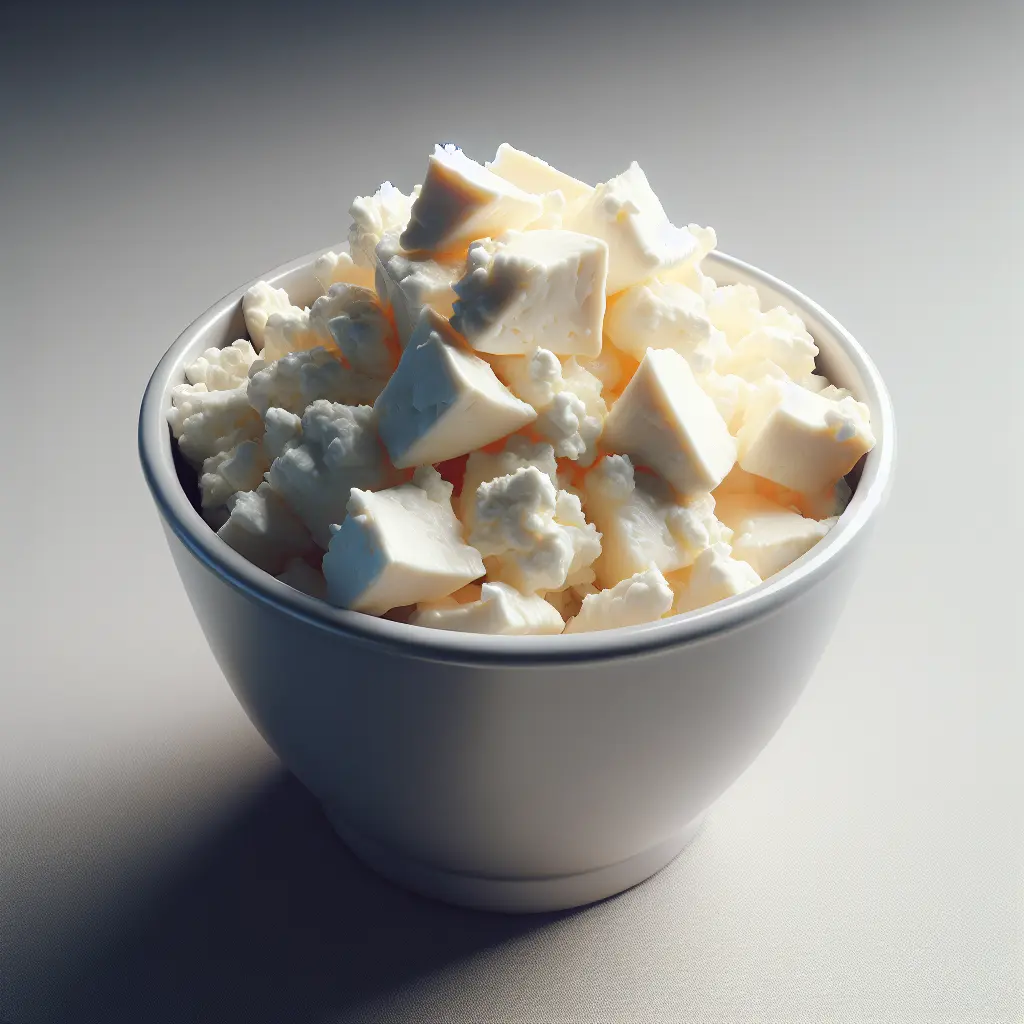White Cheese: A Culinary Delicacy
White cheese, known for its mild and slightly tangy flavor, is a versatile dairy product that has gained prominence in various cuisines globally. This type of cheese is typically made from cow's milk, although it can also be crafted from goat's or sheep's milk. The process involves coagulating the milk solids with an acid or rennet, draining the whey, and then pressing and aging the curds.
White cheese comes in various forms, including crumbled, diced, or sliced, making it suitable for a wide range of culinary applications. Its crumbly texture adds a distinctive element to salads, pasta dishes, and sandwiches. Additionally, white cheese is often used as a topping for pizzas, casseroles, and tacos, providing a salty and flavorful touch.
Nutritional Profile: Unveiling the Health Benefits
White cheese is not only a culinary delight but also a nutritional powerhouse. It is an excellent source of protein, containing approximately 24 grams per cup. Protein plays a crucial role in building and repairing tissues, supporting muscle growth, and promoting satiety.
Moreover, white cheese is rich in calcium, providing about 30% of the daily recommended value per serving. Calcium is essential for maintaining strong bones and teeth, preventing osteoporosis, and supporting nerve and muscle function.
White cheese also contains a significant amount of fat, with approximately 29 grams per cup. However, the majority of this fat is in the form of saturated fat, which should be consumed in moderation to maintain heart health.
Incorporating White Cheese into Your Diet
White cheese can be effortlessly incorporated into your daily meals. Its versatility allows for a myriad of culinary creations. Here are a few suggestions to help you enjoy this nutritious ingredient:
- Salads: Crumble white cheese over your favorite salad greens and combine it with vegetables, fruits, and nuts for a protein-packed and refreshing meal.
- Pasta dishes: Add diced white cheese to pasta sauces or sprinkle it on top of cooked pasta for an extra layer of flavor and texture.
- Sandwiches: Layer white cheese with sliced tomatoes, cucumbers, and onions on whole-wheat bread for a satisfying and portable lunch option.
- Pizza: Use white cheese as a topping for pizzas, along with other vegetables and meats, to create a delicious and nutritious meal.
- Casseroles: Incorporate white cheese into casseroles for a creamy and flavorful addition. It pairs well with vegetables, ground meat, and pasta.
By including white cheese in your diet, you can elevate your culinary experiences while reaping its health benefits. It is a versatile and nutritious ingredient that deserves a place in every kitchen.
How many calories are in White Cheese?
Each 1 cup, crumbled of White Cheese contains 366 calories.
White Cheese Nutritional Information
| Nutrient | Amount per 1 cup, crumbled (118g) |
|---|---|
| Calories | 366 Calories |
| Protein | 24g |
| Fat | 29g |
| Saturated Fat | 16g |
| Cholesterol | 0.083mg |
| Carbohydrates | 3g |
| Dietary Fiber | g |
| Sugar | 2.1g |
| Sodium | 0.831mg |
| Potassium | 0.1487mg |
| Calcium | 0.814mg |
| Iron | 0.0002mg |
